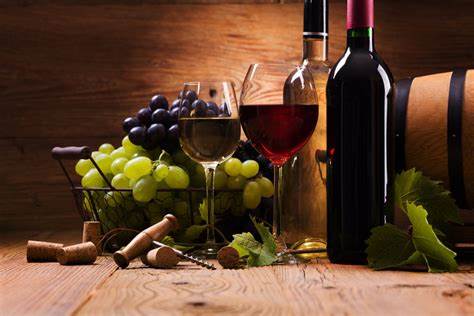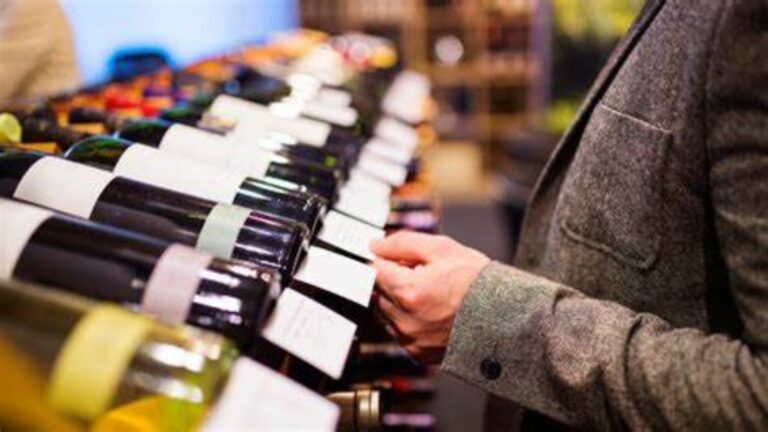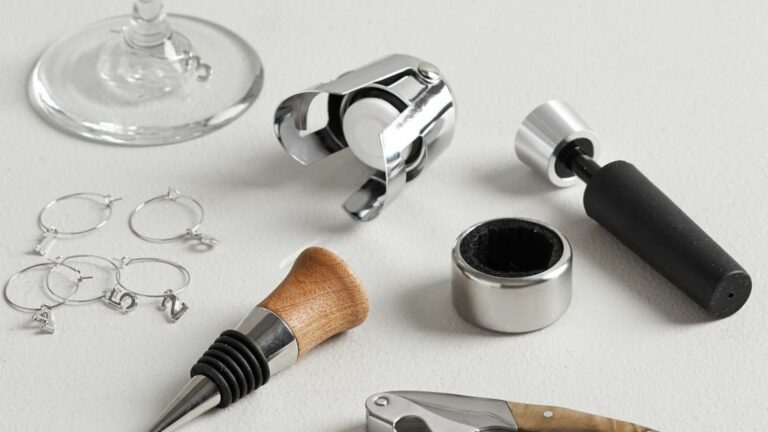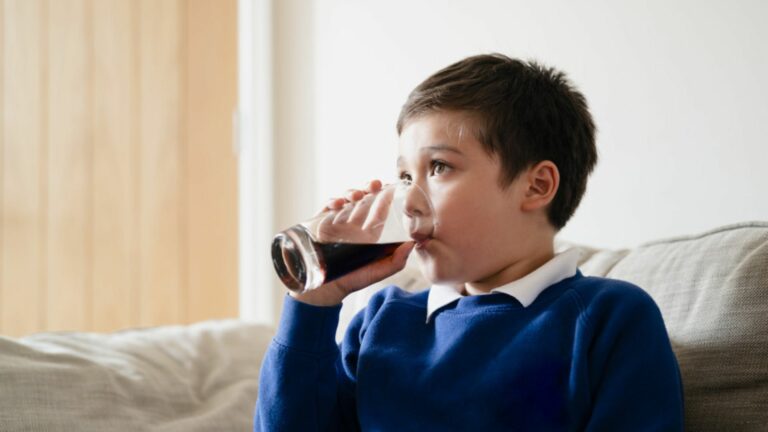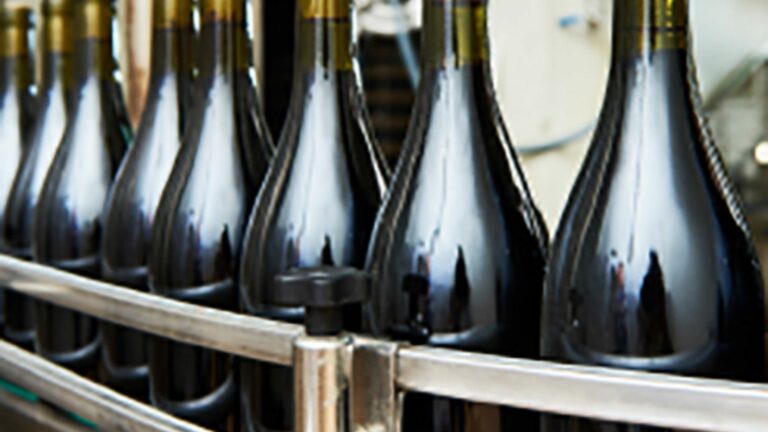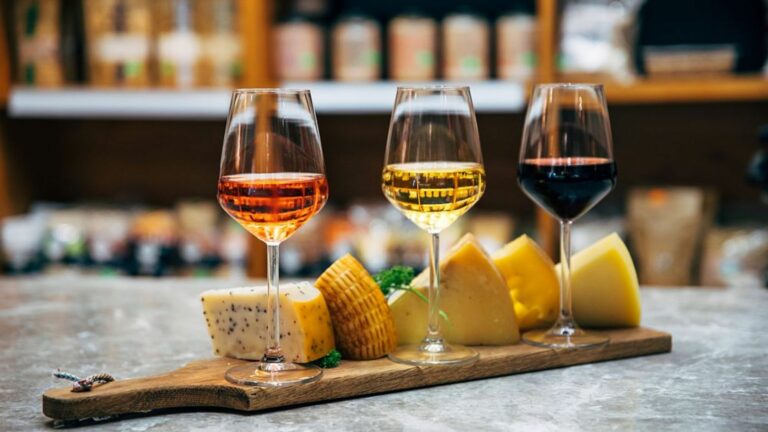Wine production is a fascinating process that transforms humble grapes into the sophisticated libations found in bottles around the world. Let’s explore the intricate journey of how wine evolves from vineyard to cellar to your glass.
Cultivation and Harvesting
The journey of wine begins in the vineyard, where grapevines are meticulously cultivated and tended to throughout the growing season. Vineyard managers monitor factors such as soil composition, climate conditions, and grape ripeness to ensure optimal grape development. When the grapes reach peak maturity, typically in late summer or early fall, skilled workers harvest them by hand or machine, carefully selecting only the finest fruit for winemaking.
Crushing and Pressing
Once harvested, the grapes are transported to the winery for processing. The first step in winemaking is crushing, where the grapes are gently broken open to release their juice. Depending on the desired style of wine, the grapes may undergo additional pressing to extract more juice. Modern wineries utilize advanced machinery and equipment to efficiently crush and press large quantities of grapes while preserving their delicate flavors and aromas.
Fermentation
After crushing and pressing, the grape juice undergoes fermentation, a natural chemical process where yeast converts sugars into alcohol and carbon dioxide. Winemakers carefully select specific yeast strains to achieve desired flavor profiles and fermentation characteristics. Fermentation may take place in stainless steel tanks, oak barrels, or other vessels, depending on the style of wine being produced. As the yeast consumes sugar, the grape juice transforms into wine, developing complex flavors, aromas, and alcohol content.
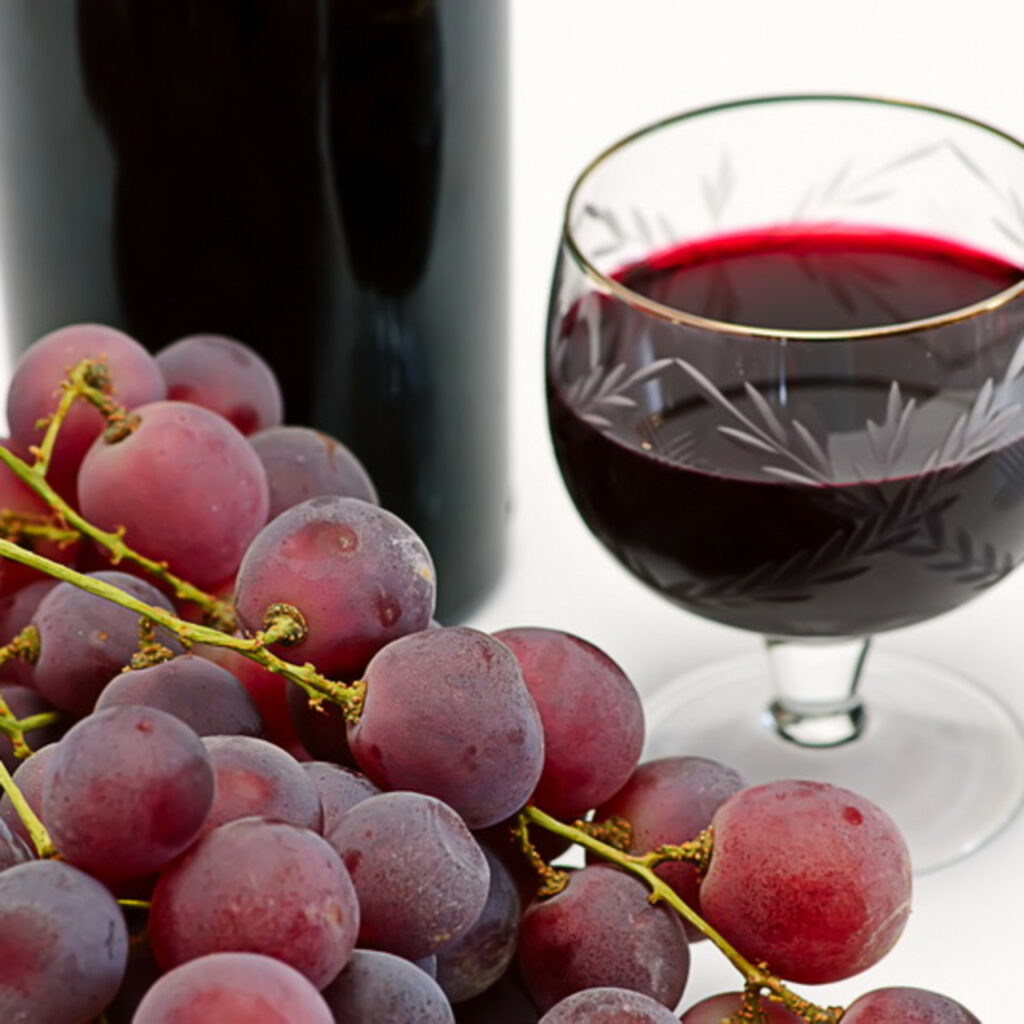
Aging and Maturation
Following fermentation, some wines undergo aging and maturation to enhance their flavor, structure, and complexity. Red wines, in particular, often benefit from aging in oak barrels, where they absorb subtle oak flavors and tannins, resulting in a smoother, more nuanced finish. White wines may also undergo aging, either in stainless steel tanks or oak barrels, to develop depth and character. During this time, winemakers carefully monitor the aging process, periodically sampling and tasting the wine to assess its progress and determine the optimal time for bottling.
Quality Control and Assurance
Throughout the winemaking process, strict quality control measures are implemented to ensure the integrity and consistency of the final product. Winemakers carefully monitor and analyze various parameters such as sugar levels, acidity, pH, and fermentation progress to guide decision-making and maintain quality standards. Samples of the wine are regularly tested in the winery’s laboratory, where technicians assess factors like microbial stability, sensory attributes, and chemical composition. Any deviations from the desired specifications are addressed promptly to prevent quality issues and uphold the reputation of the wine brand. By prioritizing quality control and assurance, wineries can produce wines of exceptional quality that consistently meet consumer expectations.
Sustainability and Environmental Stewardship
As the wine industry continues to evolve, sustainability and environmental stewardship have become increasingly important considerations for wineries worldwide. Many vineyards and wineries are implementing sustainable practices such as organic farming, biodynamic viticulture, and water conservation to minimize their environmental footprint and preserve natural resources for future generations. By prioritizing sustainable practices, wineries can reduce their reliance on chemical inputs, promote biodiversity, and mitigate climate change impacts. Additionally, initiatives such as recycling, energy efficiency. And carbon footprint reduction contribute to a more environmentally friendly and socially responsible wine industry. As consumers become more conscious of environmental issues. Supporting wineries that prioritize sustainability has become a significant factor in purchasing decisions, driving positive change and innovation across the wine sector.
Bottling and Packaging
Once the wine has reached its peak maturity, it is ready for bottling and packaging. Winemakers carefully filter and clarify the wine to remove any sediment or impurities before transferring it to bottles. Bottles are then sealed with corks, screw caps, or other closures to preserve freshness and prevent oxidation. Labels are applied, featuring information about the wine’s varietal, vintage, and producer, as well as any regulatory labeling requirements. Finally, the bottles are packaged and prepared for distribution to markets and consumers around the world.
Conclusion
From the sun-drenched vineyards to the cellars of the winery. The journey of wine from grapes to bottles is a labor of love that encompasses science, artistry, and tradition. Each step in the winemaking process plays a crucial role in shaping the final product. Resulting in a diverse array of wines that delight the senses and captivate the palate. Whether enjoyed as a casual indulgence or a special occasion treat. Wine represents the culmination of centuries of winemaking heritage and innovation, inviting us to savor the fruits of nature’s bounty with every sip.

